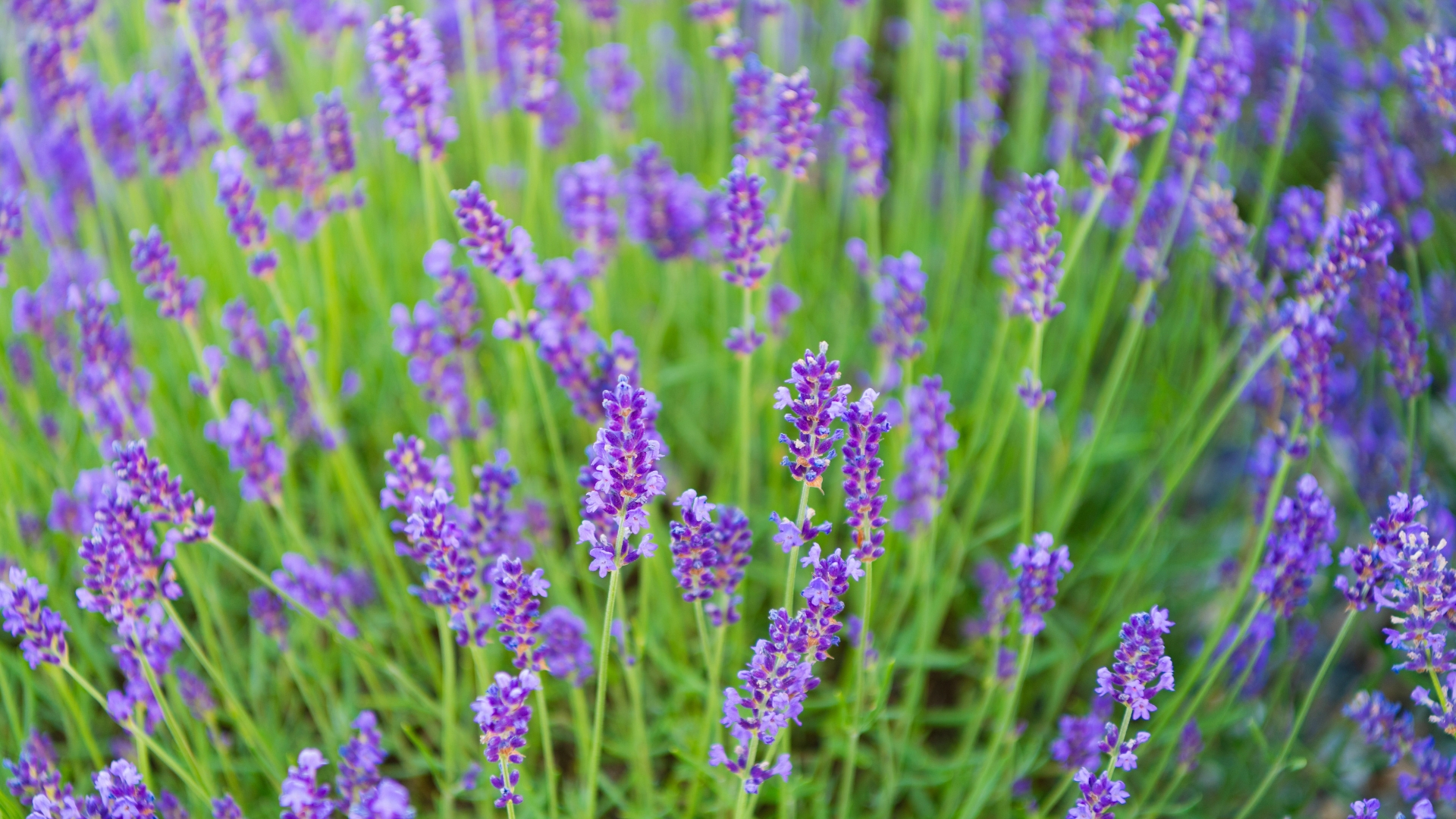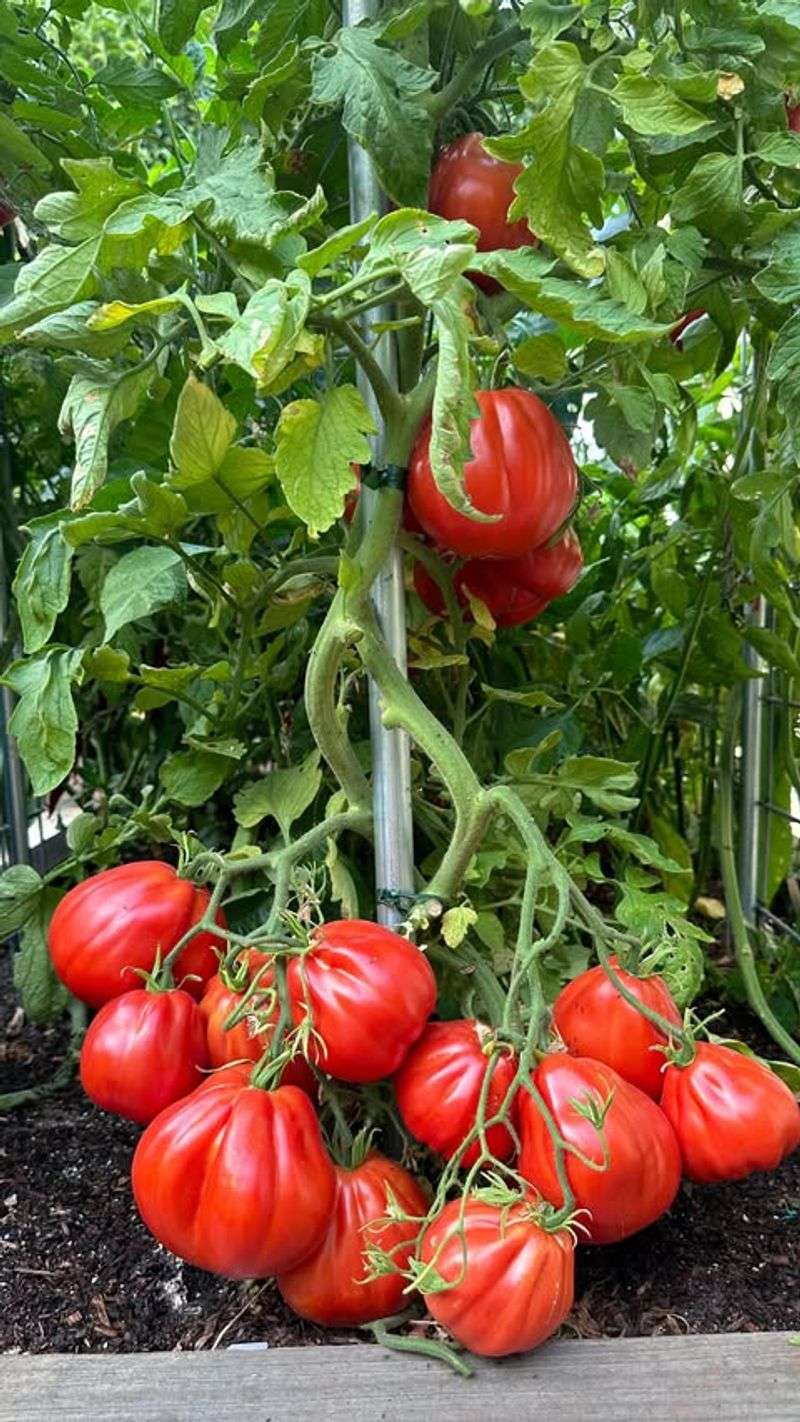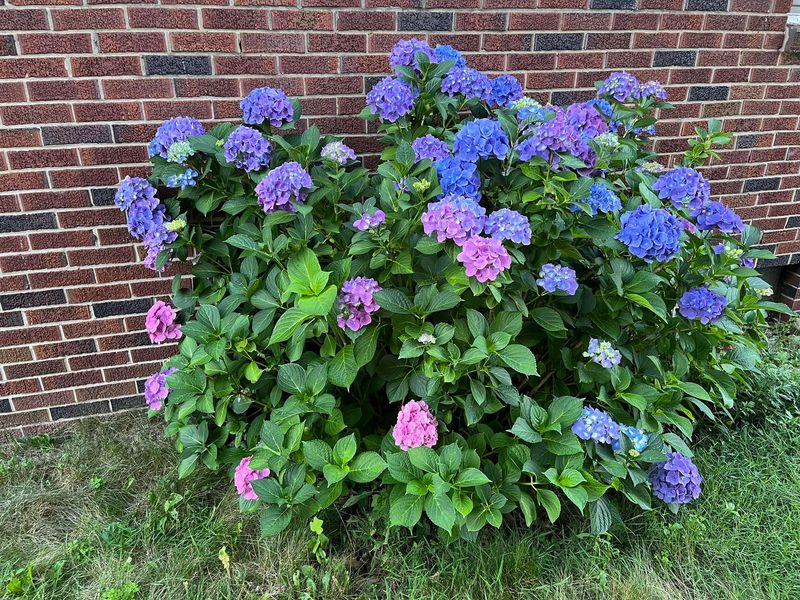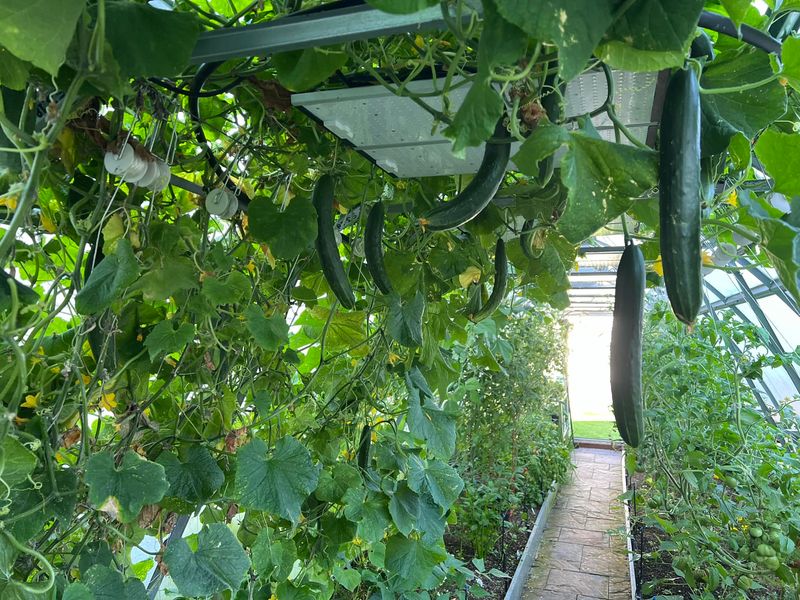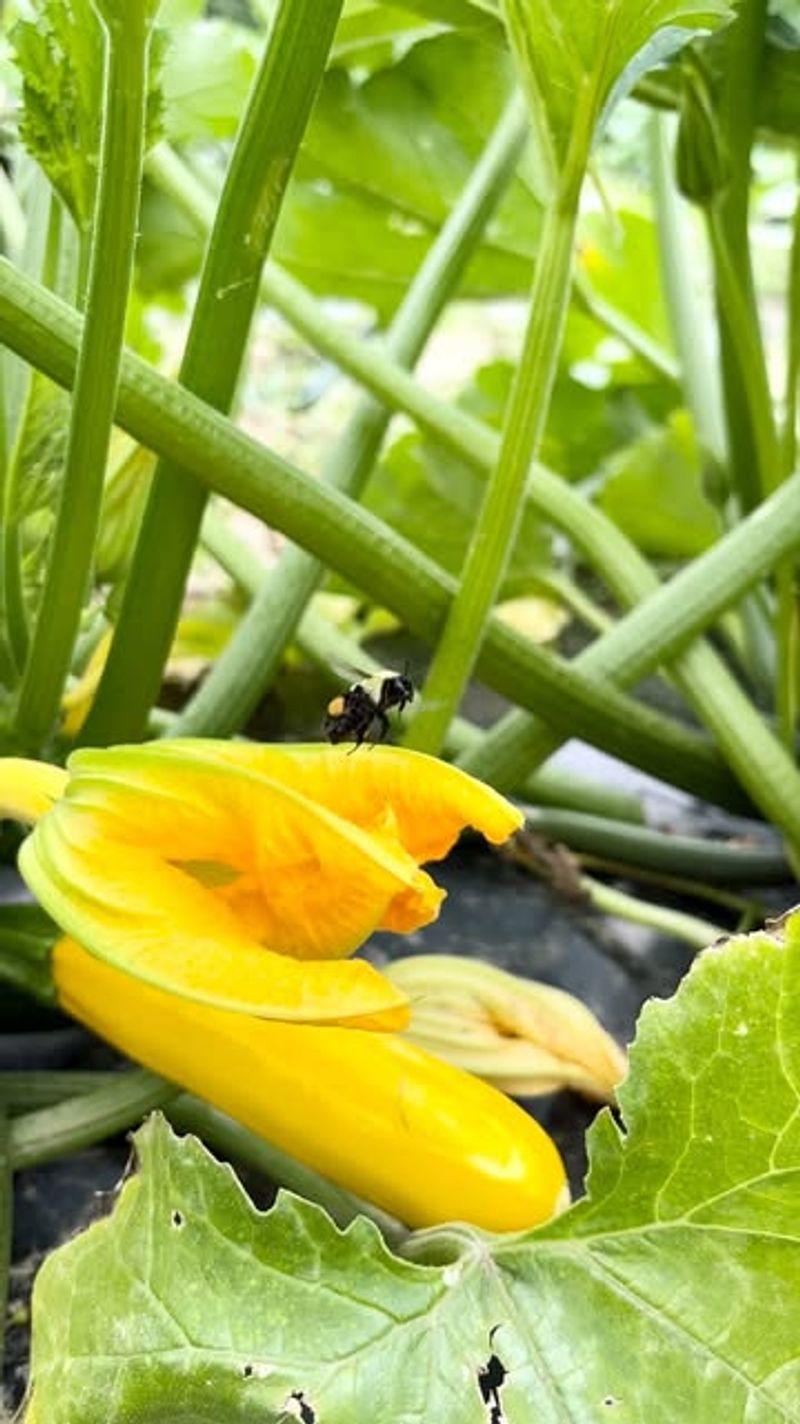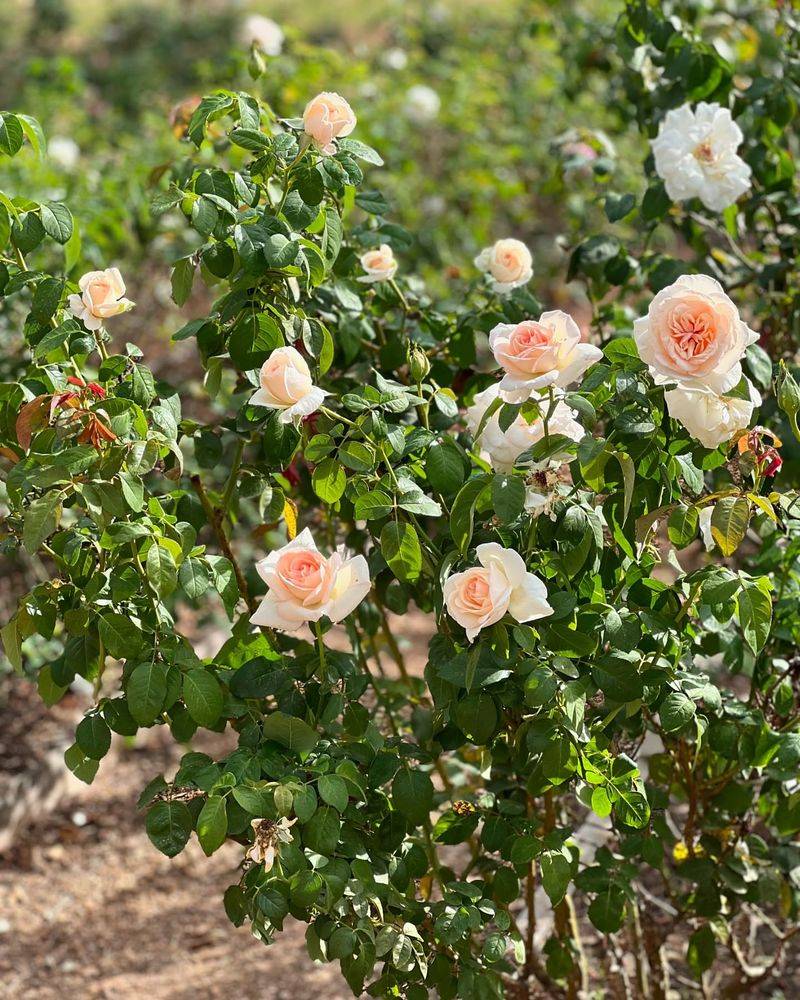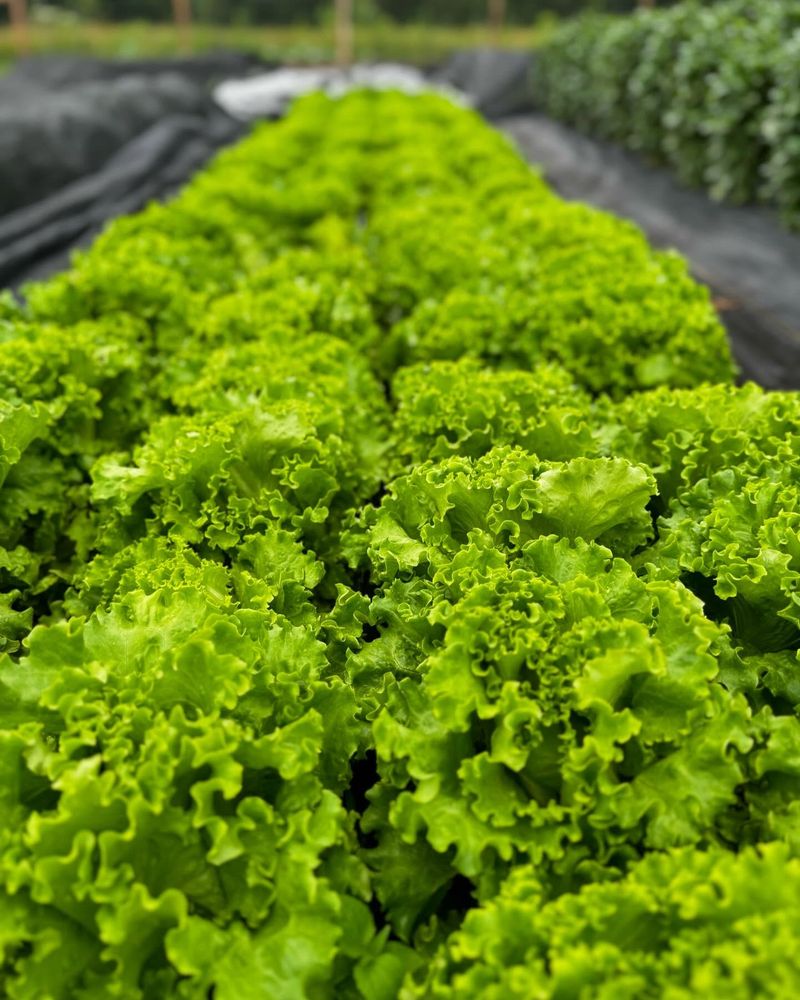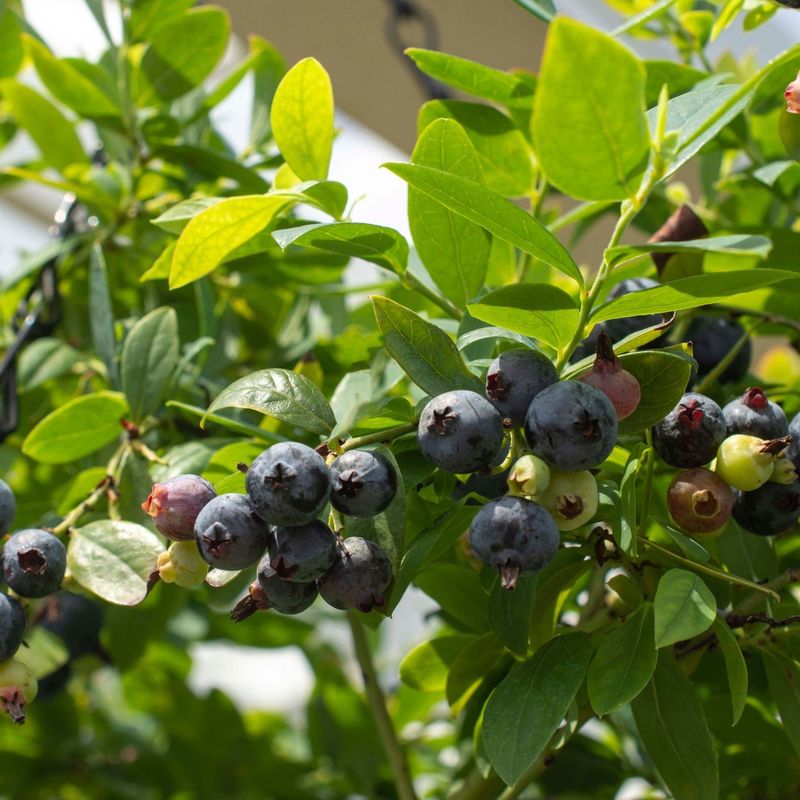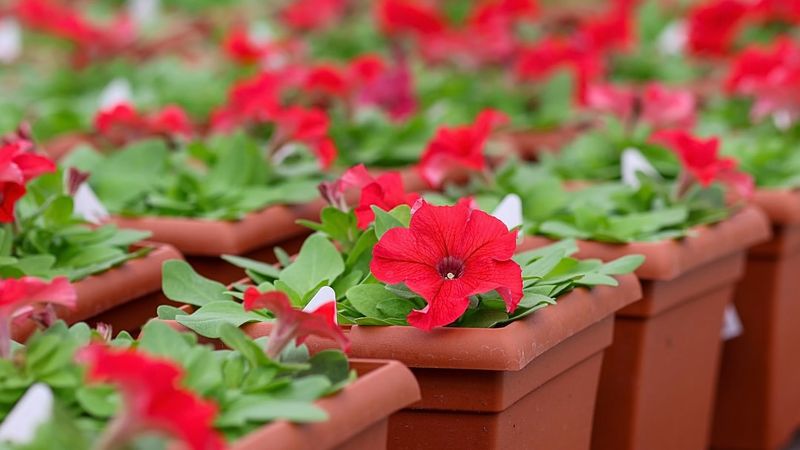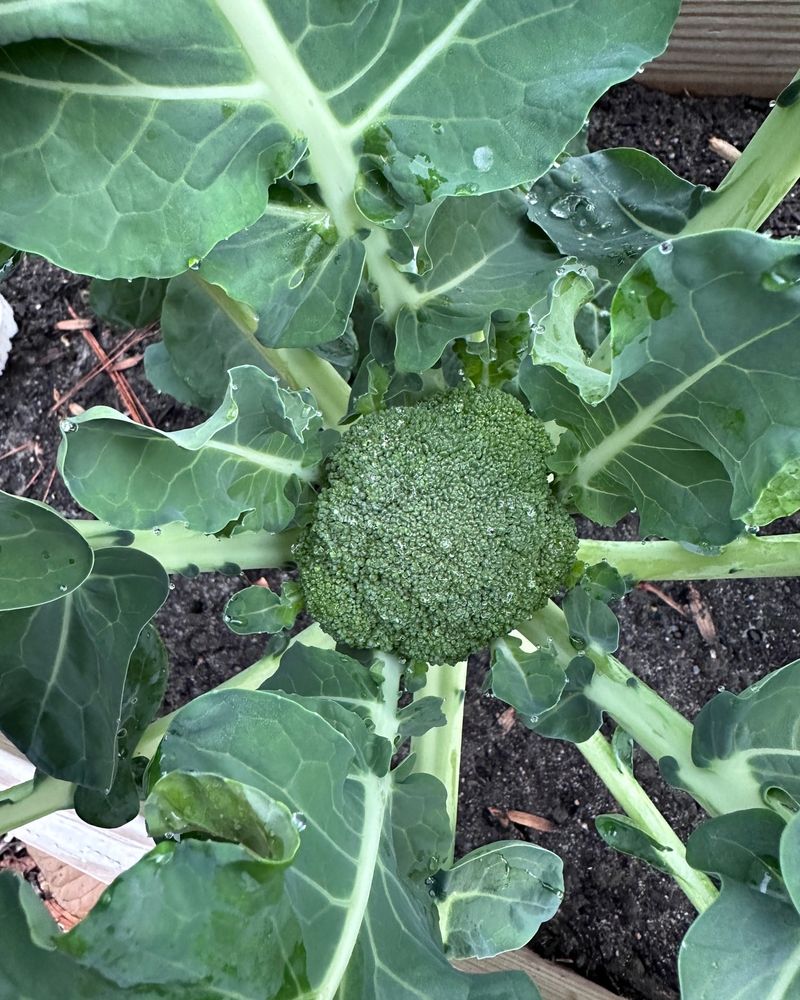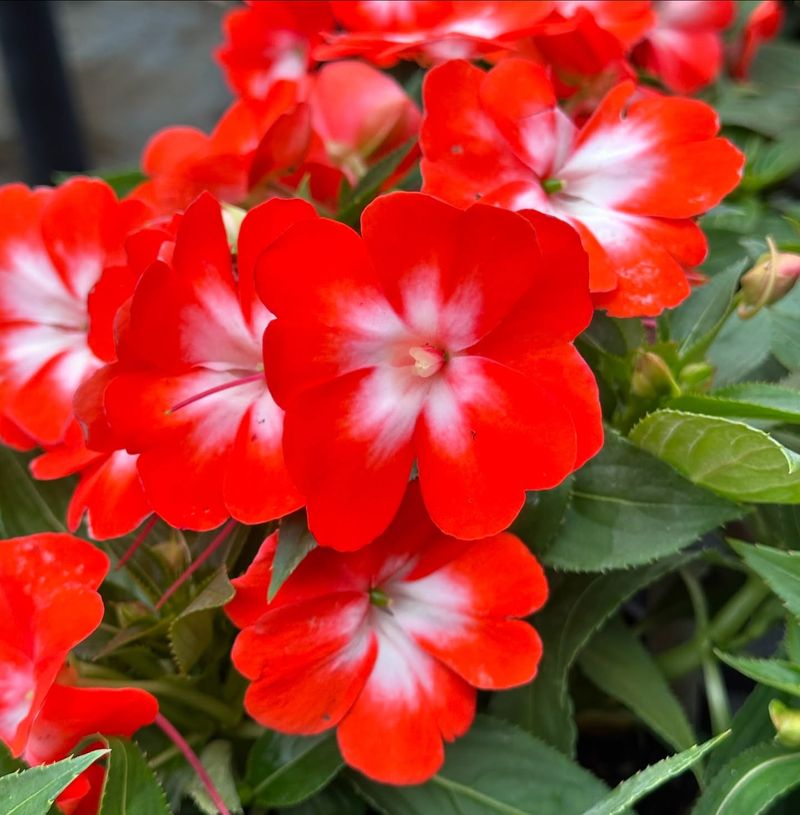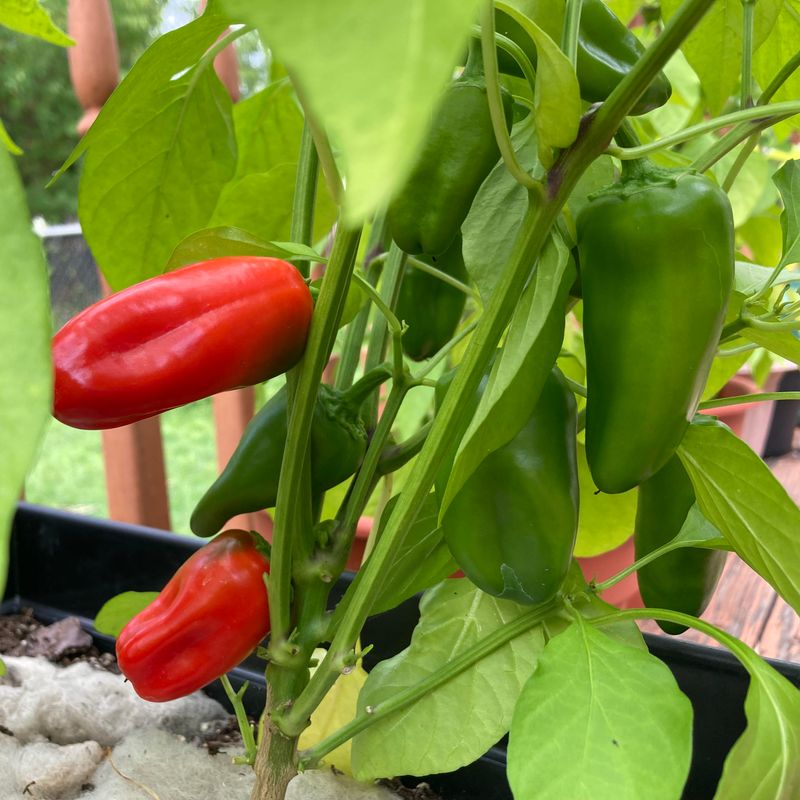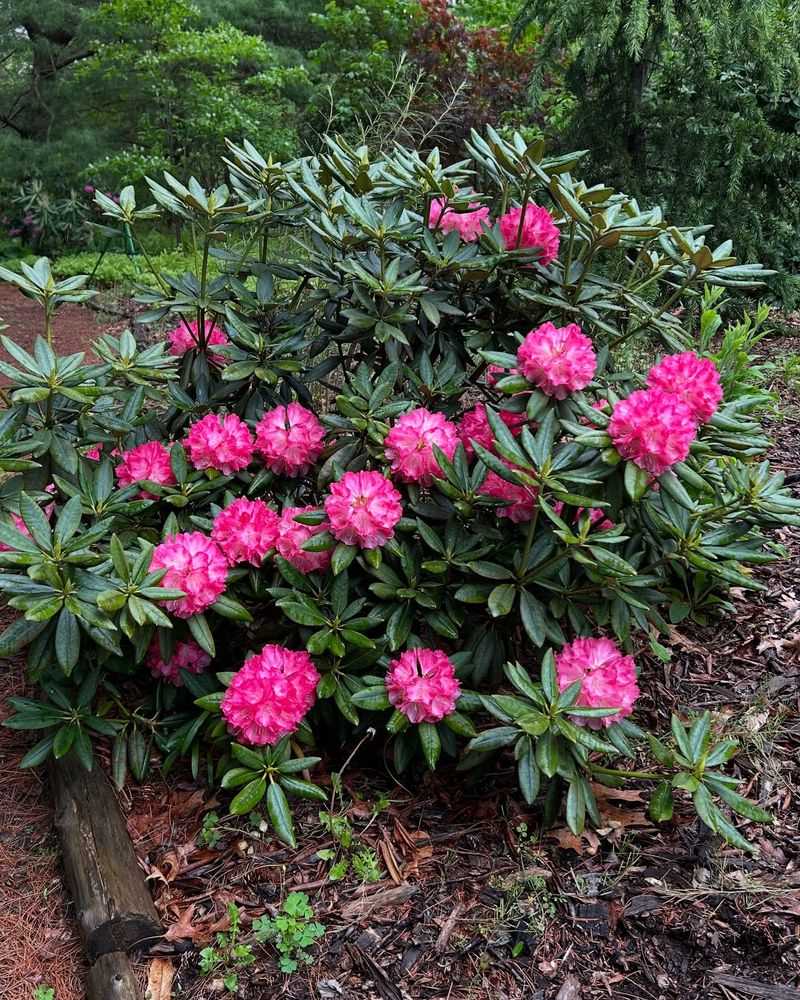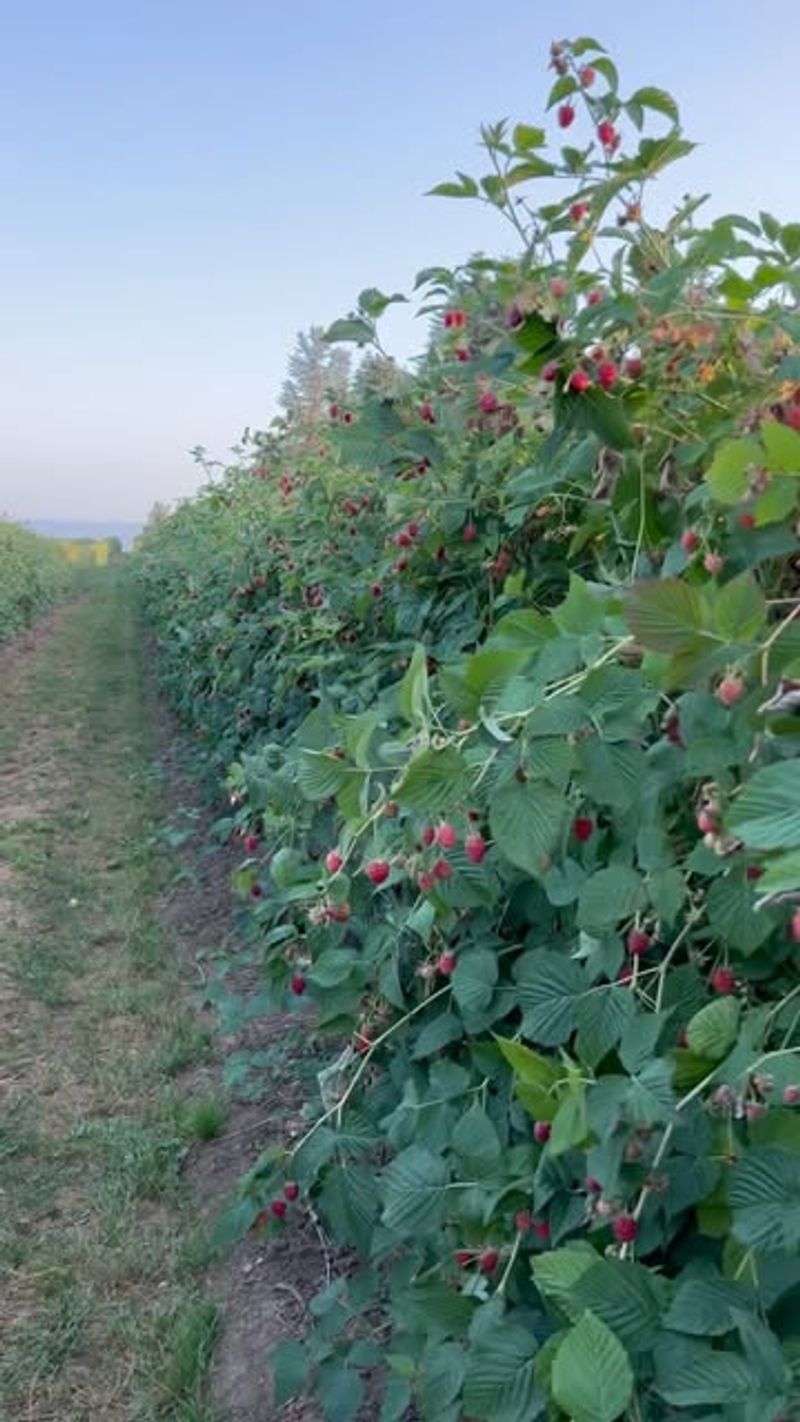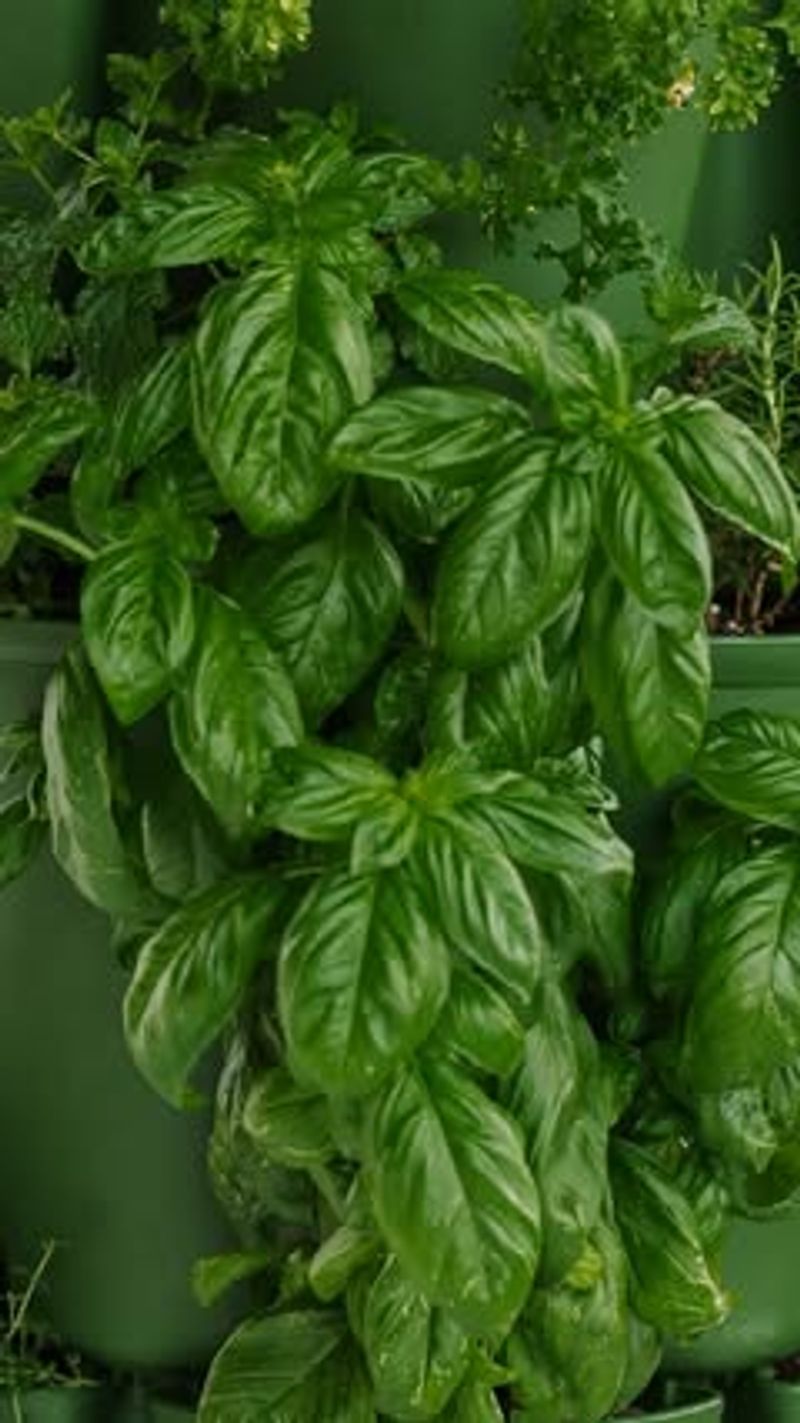Utah gardeners: the heat is turning up and some of your go-to plants are really feeling the pressure this month. These sixteen plants are super tough, but they still need a change in watering or they could be in serious trouble soon.
From desert natives to heat-lovers, I’ve seen these thrive—or suffer—depending on how often they get a drink. Stay tuned, because tweaking your watering routine now can mean the difference between wilted leaves or vibrantly healthy growth later on.
Let’s make sure your garden stays strong through August’s intense sun!
1. Tomatoes
Summer in Utah means tomatoes need deeper, less frequent watering. The desert climate dries out soil quickly, forcing roots to search deeper for moisture.
Keep the soil consistently moist but never soggy. Morning watering works best, allowing plants to absorb moisture before the midday heat strikes. Your juicy tomatoes will thank you!
2. Hydrangeas
Hydrangeas wilt dramatically in Utah’s heat but don’t be fooled into overwatering. Their large leaves lose moisture rapidly during hot days, making them look sad even when roots are fine.
Water deeply at the base early morning, avoiding the leaves. Utah gardeners find mulching essential for these moisture-loving beauties, helping soil stay cool and damp longer.
3. Cucumbers
Cucumbers become bitter when stressed by inconsistent watering in Utah’s dry climate. Their shallow roots can’t reach deep moisture, making them extra vulnerable during hot spells.
A soaker hose works wonders for steady moisture delivery. Utah gardeners find that a 2-inch layer of straw mulch keeps soil temperatures stable and prevents rapid evaporation during scorching afternoons.
4. Lavender
Surprisingly, lavender might be drowning in your Utah garden! Native to Mediterranean regions, it actually prefers drier conditions than most gardeners provide.
Cut back watering to once weekly, allowing soil to dry completely between sessions. Utah’s naturally alkaline soil combined with proper drainage creates ideal conditions for lavender to thrive with minimal water.
5. Zucchini
Water-stressed zucchini develops tough skin and bitter flesh in Utah’s intense summer heat. These heavy feeders need consistent moisture to produce the tender squash you love.
Create a small soil basin around plants to prevent runoff. Utah gardeners find that morning watering directly at the soil level prevents powdery mildew while ensuring roots get needed moisture.
6. Hostas
Hostas struggle mightily in Utah’s arid climate without proper care. Their large leaves act like solar panels, collecting heat and losing moisture rapidly throughout the day.
Water deeply twice weekly, focusing on the root zone. Many Utah gardeners have saved their hostas by relocating them to shadier spots and using drip irrigation to maintain consistent soil moisture.
7. Roses
Rose bushes suffer silently in Utah’s blazing summer heat. Their deep roots need thorough soaking to reach peak blooming potential, not the light sprinkles many provide.
Water at soil level to prevent black spot fungus on leaves. Utah’s rose enthusiasts find that twice-weekly deep watering in early morning hours, combined with mulching, keeps their prized blooms flourishing through August.
8. Lettuce
Lettuce turns bitter and bolts quickly when water-stressed in Utah’s summer. Its shallow roots can’t reach deep moisture, making consistent watering crucial for sweet, tender leaves.
Try light, daily watering rather than infrequent soaking. Smart Utah gardeners extend their lettuce season by providing afternoon shade and using moisture-retaining row covers to reduce water loss.
9. Blueberries
Blueberry bushes often yellow and fail in Utah due to improper watering and our alkaline soil. These acid-loving plants need special attention to thrive in our challenging climate.
Water thoroughly but allow top inch of soil to dry between waterings. Utah growers find success by adding acidic mulch like pine needles and using drip irrigation to maintain consistent moisture levels.
10. Petunias
Petunias droop dramatically in Utah’s hot afternoons but don’t rush to water! This common reaction to heat doesn’t always indicate drought stress – overwatering can be worse.
Check soil moisture with your finger before adding water. Utah gardeners have discovered that morning watering at soil level prevents leaf scorch while providing enough moisture to revive afternoon wilting.
11. Broccoli
Broccoli bolts quickly and becomes bitter in Utah’s summer heat when watering isn’t consistent. The key is keeping soil cool and evenly moist during hot spells.
Mulch heavily around plants to retain moisture. Utah vegetable gardeners find success with morning watering combined with afternoon shade cloth, creating microclimate conditions that fool broccoli into thinking it’s not summer.
12. Impatiens
Impatiens live up to their name in Utah, showing impatience with our dry heat by wilting rapidly. Their succulent stems store water, but they deplete these reserves quickly in our climate.
Water thoroughly whenever top soil feels dry to touch. Utah gardeners have learned that hanging baskets of impatiens may need twice-daily watering during hottest weeks, while ground-planted ones benefit from heavy mulching.
13. Peppers
Pepper plants develop blossom end rot when watering fluctuates in Utah’s summer. This calcium deficiency isn’t about lack of nutrients but rather inconsistent moisture preventing proper nutrient uptake.
Water deeply twice weekly rather than daily light sprinkles. Many Utah gardeners use plastic mulch under peppers, creating stable moisture conditions while warming soil for improved growth and fruiting.
14. Rhododendrons
Rhododendrons struggle silently in Utah until they suddenly brown and die. Their shallow, fibrous roots need consistent moisture but hate waterlogged conditions common with panic watering.
Water deeply when top inch of soil dries out. Utah gardeners who successfully grow these acid-lovers use pine needle mulch and install drip systems that deliver steady moisture without creating soggy roots.
15. Raspberries
Raspberry canes produce small, seedy fruit when moisture-stressed in Utah’s summer heat. Their extensive root systems need deep watering to develop plump, juicy berries.
Water at soil level to prevent fungal issues on leaves. Successful Utah berry growers find that deep weekly watering combined with thick straw mulch produces abundant harvests even during the hottest months.
16. Basil
Basil turns bitter and bolts rapidly when water-stressed in Utah’s dry heat. Its Mediterranean origins might suggest drought tolerance, but inconsistent moisture ruins its flavor quickly.
Water at first sign of wilting, typically early morning. Utah herb gardeners find that container-grown basil needs daily watering, while garden-planted basil benefits from mulch and twice-weekly deep soaking.

